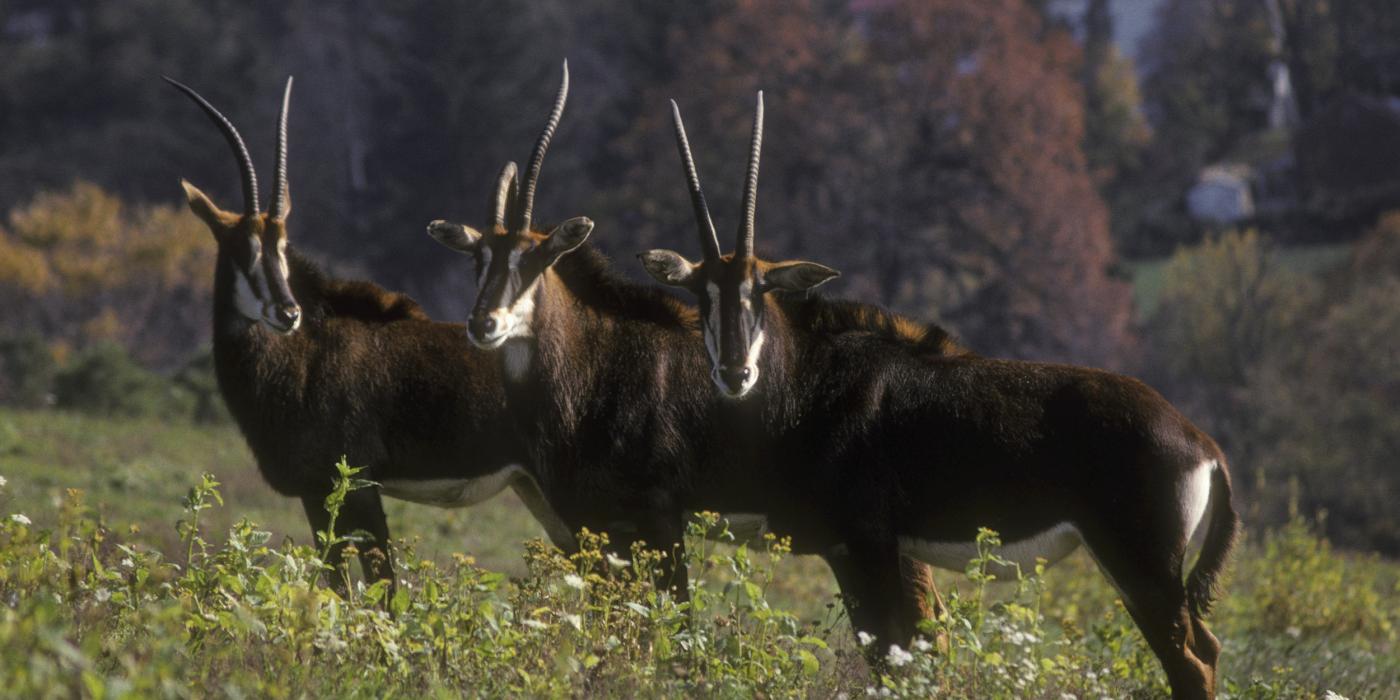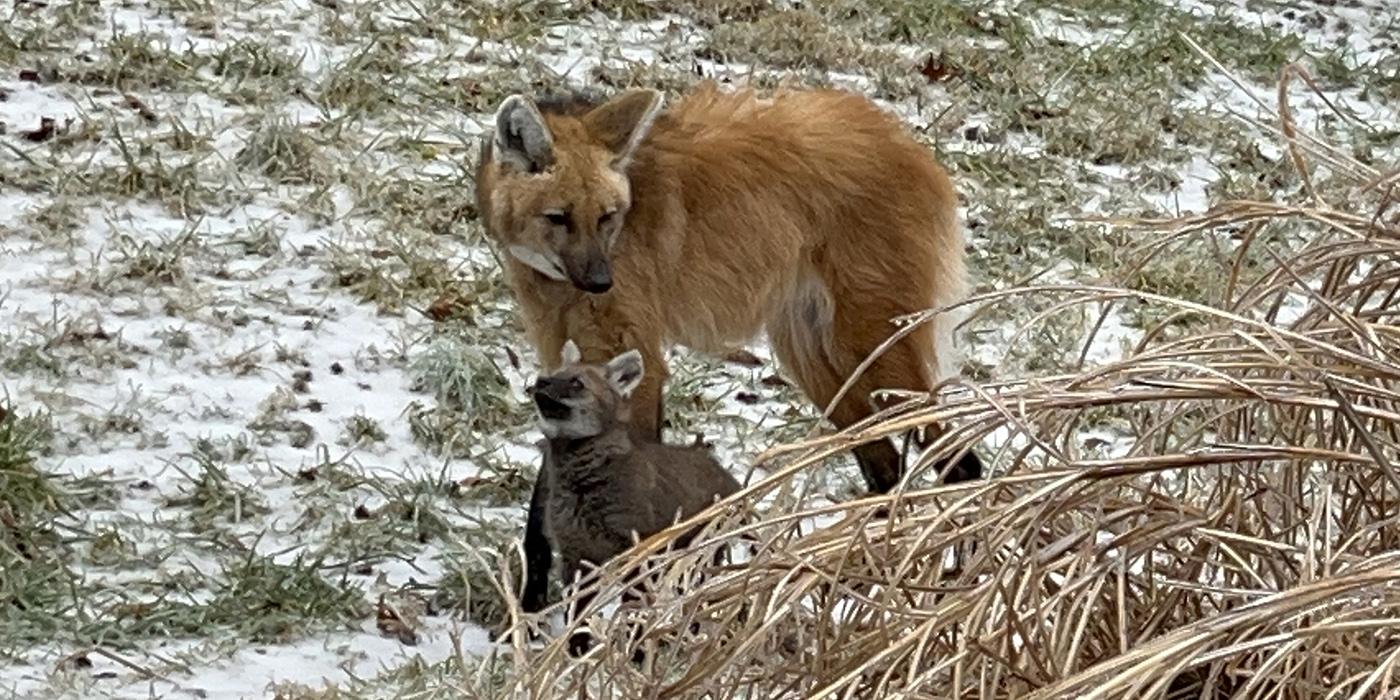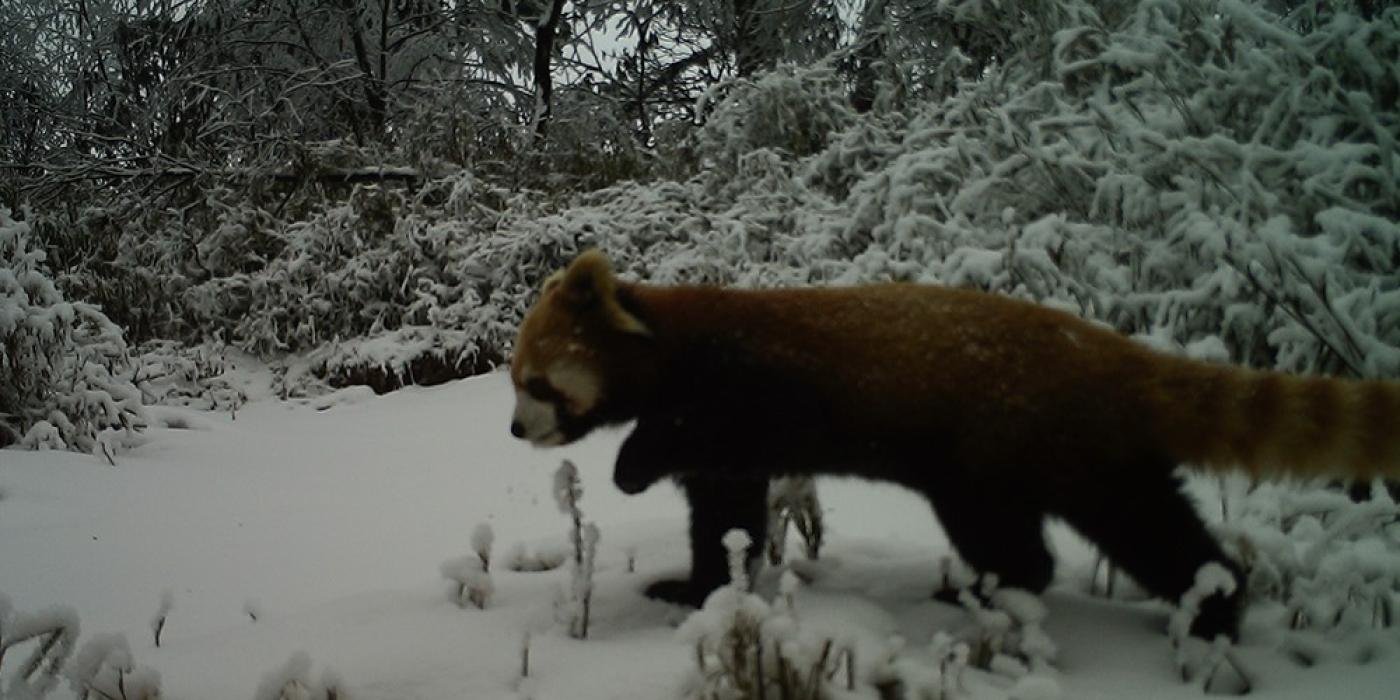Scientists Sequence the Sable Antelope's Genome for the First Time
DNA is the ultimate library, and scientists at SCBI’s Center for Species Survival and Center for Conservation Genomics are cataloging it as diligently as any librarians. They, along with an international team of researchers, recently became the first to analyze and sequence the genome of the sable antelope and published their results in G3: Genes, Genomes, Genetics.
The scientists were able to sequence the genome by looking at DNA from eight different antelope. Six of them were from captive populations and two were from the wild. Of the two from the wild, one was from the subspecies known as the southern sable and the other was from the subspecies called the Zambian sable. Of the six from captivity, five were southern and one was Zambian. The antelope with the most genetic diversity was the wild Zambian sable.
Sable antelope were first exhibited in North America in 1913 at the Smithsonian’s National Zoo. The current population of sable antelope in North American zoos are descendants from antelope brought in to human care in the United States during the 1970s, 1980s, or as recent as the early 2000s. The scientists learned from sequencing the genome that the six antelopes from the captive population have sufficient genetic diversity and that zoos are so far doing a good job retaining that.
Now, the scientists want to learn how well other sable antelope in the U.S. zoo population are doing genetically, and if captive antelope on ranches, or those not in zoos, are doing as well or better genetically as zoo antelope. While there are less than 150 sable antelope found in zoos across the U.S., more than 3,000 roam on private ranches, especially in Texas. A genetic screening tool that the scientists developed from the eight genomes they sequenced, only requires a relatively small sample of and individual’s DNA and could answer those questions.
The biggest effects from mapping the genome will be on breeding efforts in human care. The Sable Antelope Species Survival Plan (SSP) creates breeding recommendations for all of the eligible antelope living in zoos. In order to make the most informed recommendations, they look at a pedigree, or the record of ancestry for a particular animal. For the sable antelope, only about 27 percent of their pedigree is known with certainty.
The completed genome is one of the key tools in filling in the remaining pedigree. By filling in the pedigree, the SSP can make their recommendations based on which antelope are the least genetically related to each other. Those matches would ensure that the sable antelope living in zoos and human care would not become inbred.
While sable antelope are listed as a species of “least concern” according to the IUCN, this does not mean that preserving their genetic diversity is any less important. The best time to preserve genetic diversity is before a population crash in the wild. Many large ungulates, or hooved animals, in Africa are losing their native ranges and habitats, making it critical for these species already in zoos to have a stable population.




